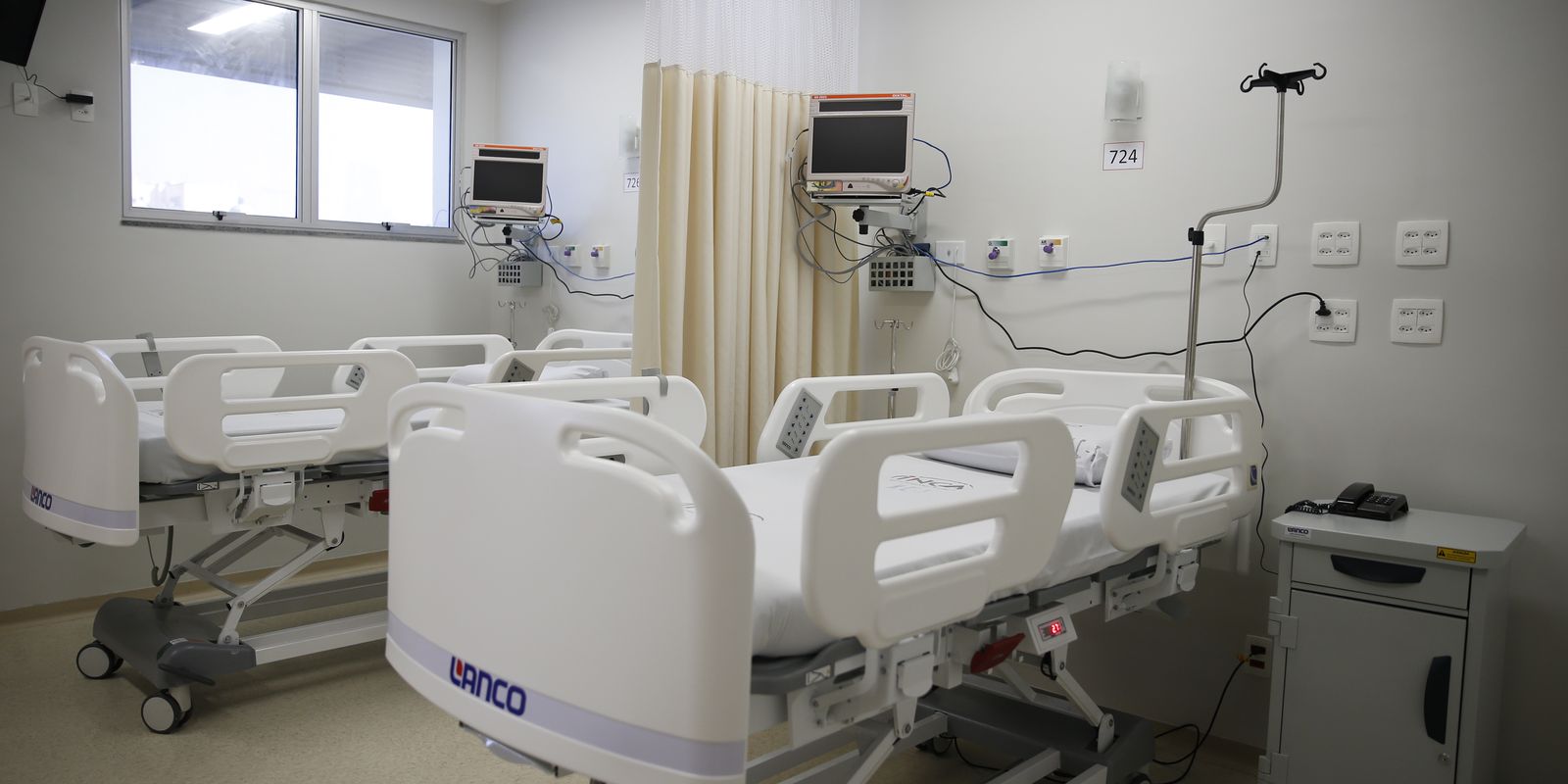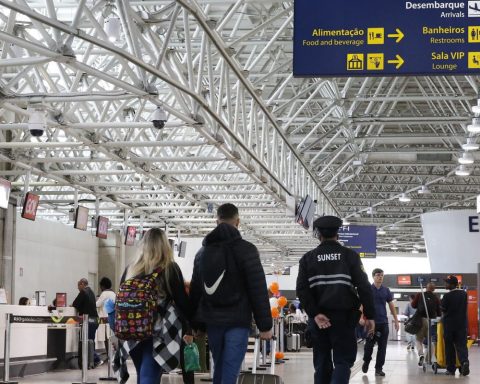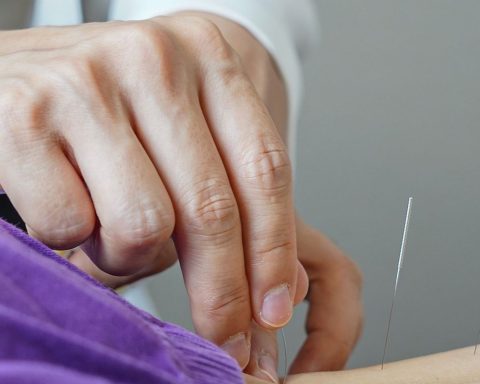Data from the National Bone Marrow Registry (Redome) show that, in Brazil, about 650 people are waiting in line for a bone marrow donation from a donor who is not a relative. The good news is that the number of registered voluntary donors has increased significantly in recent years. In 2000, according to the National Cancer Institute (Inca), there were 12,000 enrolled and, of the bone marrow transplants performed, only 10% of the donors were registered in Redome. 
Today, with more than 5.5 million registered donors, Brazil has the third largest database of its kind in the world, behind only the United States and Germany. “The chance of identifying a compatible donor, in Brazil, in the preliminary phase of the search, is up to 88%, and at the end of the process, 64% of patients have a confirmed compatible donor”, explained the institute.
The marrow, popularly known as marrow, is a liquid-gelatinous tissue that occupies the interior of the bones. In it, the components of blood are produced: red blood cells (red blood cells), leukocytes (white blood cells) and platelets. By red blood cells, oxygen is transported from the lungs to cells throughout the body and carbon dioxide is carried from these to the lungs for expiration. Leukocytes are the most important agents of the body’s defense system, fighting infections. Finally, platelets make up the blood clotting system.
how to donate
To be a donor in Brazil, just look for the blood center of the state and schedule a consultation for clarification on bone marrow donation. The volunteer must be between 18 and 55 years of age and in good health. He will sign an informed consent form (ICF) and fill out a form with personal information. A small amount of blood – 10 milliliters (ml) – will be taken from the donor candidate. It is necessary to present the identity document.
From there, the blood is analyzed by histocompatibility testing (HLA), a laboratory test that identifies genetic traits to be crossed with data from patients requiring transplants to determine compatibility. Then the personal data and HLA type are added to Redome. Inca warns of the importance of always keeping the data updated, considering that, when there is a patient with a possible compatibility, the volunteer will be consulted to decide on the donation. To proceed with the process, other tests are needed to confirm compatibility, in addition to a clinical health assessment. Only at the end of these steps can the donor be considered suitable.
Are there risks?
According to Inca, medical reports of serious problems occurring to donors during and after the procedure are rare and limited to manageable complications. Therefore, the physical health status of the donor is checked. “In some cases, minor pain at the puncture site, headache and tiredness are reported. In about 15 days, the donor’s bone marrow will have fully recovered,” the institute added.
patients
In bone marrow transplantation, rejection is relatively rare, but it can happen. Therefore, there is a concern with the selection of the appropriate donor and the preparation of the patient. The success of the transplant depends on factors such as the stage of the disease, the general condition and the good nutritional and clinical conditions of the patient and the donor.
“The main risks are related to infections and chemotherapy drugs used during treatment. With the recovery of the marrow, the new cells grow with a new ‘memory’ and, as they are the body’s defense cells, they can recognize some of its organs as foreign. This complication, called graft-versus-host disease, is relatively common, of variable intensity, and can be controlled with appropriate medications.
Procedure
Bone marrow donation is a procedure that is performed in a surgical center, under epidural or general anesthesia. The procedure lasts about 90 minutes and requires hospitalization for a period of 24 hours. In the first three days after donation, there may be mild to moderate localized discomfort, which can be alleviated with the use of analgesics and simple pain control measures. Normally, donors return to their usual activities after the first week after donation.
















